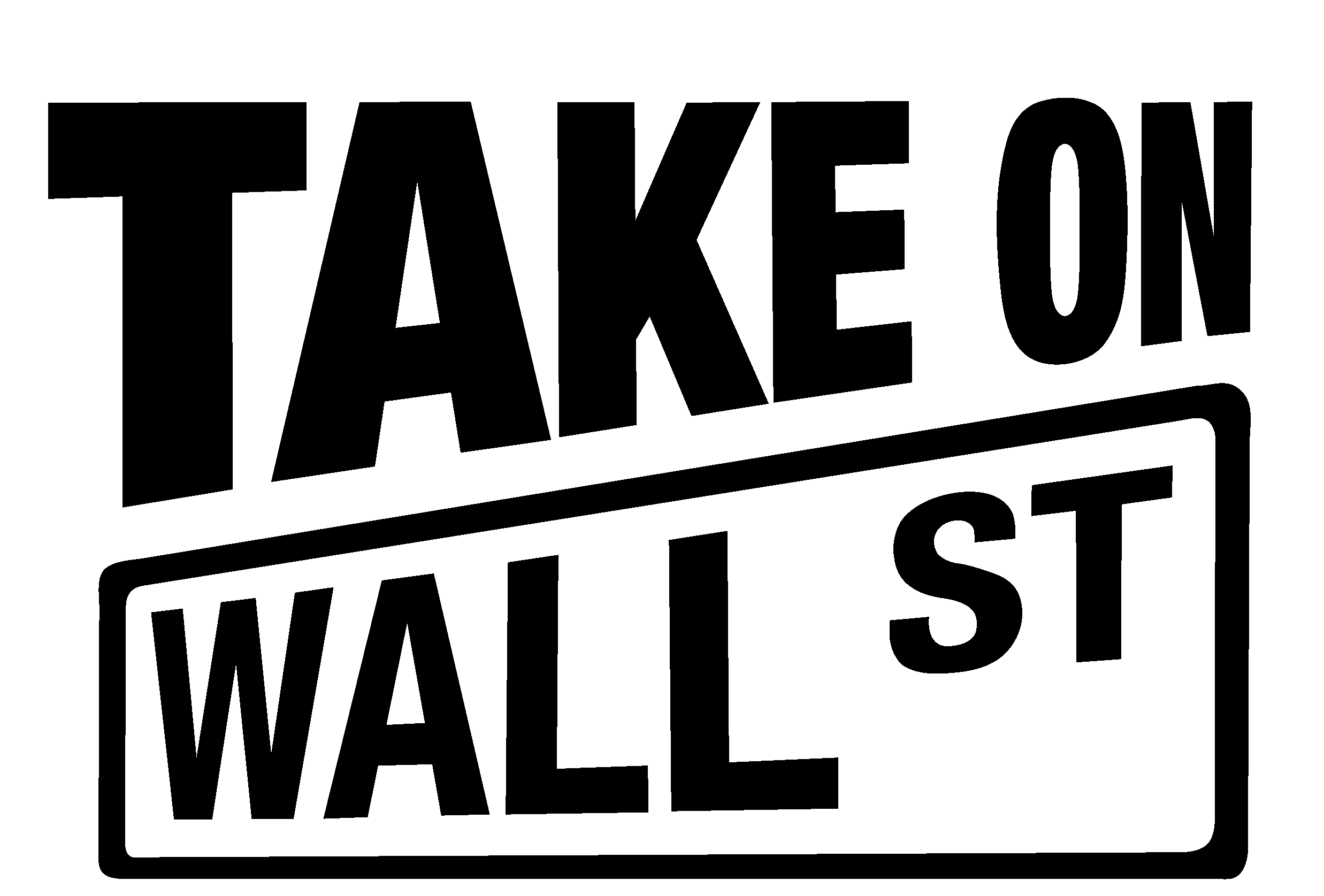Prison Labor in the United States
How Prison Labor Contributes to the United States Economy
With the end of the Civil War, southern plantation owners were quickly reminded that free people have little incentive to provide free labor. While many formerly enslaved people were anxious to leave the sites of their torture, their means to do so were made even more difficult when President Andrew Johnson reneged on the 40 acres promised them by General William Sherman. This injustice was further compounded by the very language of the 13th amendment to the U.S. Constitution, forbidding slavery–except as a punishment of a crime.
As Douglas Blackmon’s Slavery by Another Name revealed, a mutlitude of jurisdictions in the south immediately began capitalizing on that exception. The post-war period led to the growth of numerous new crimes–from general “mischief” to “vagrancy” (or being unable to prove employment), all of which were enforced as a means to recapture free Black labor. Once imprisoned, Black people would then be leased to the highest bidder and forced into unpaid labor. This practice continued for 80 years, and any confusion about the status of the incarcerated was made clear by the Virginia Supreme Court in Ruffin vs. Commonwealth, which found imprisoned people were “for the time being, a slave of the state.”
Michelle Alexander’s The New Jim Crow expands on this history, showing that the practice of convict leasing was just the first of many efforts to extract Black wealth through the prison system. More than half of those incarcerated in state and federal prisons today continue to provide free labor, often to large corporations.
What is FAIR?
The idea for Is Our Economy Fair? (FAIR) emerged during the early days of the Covid pandemic, when in-person trainings became an impossibility. A dynamic, interactive website, FAIR expands on a timeline that has been a central component of the Take on Wall Street curriculum. Not to be overlooked, these pivotal moments have formed the American economy’s DNA.
